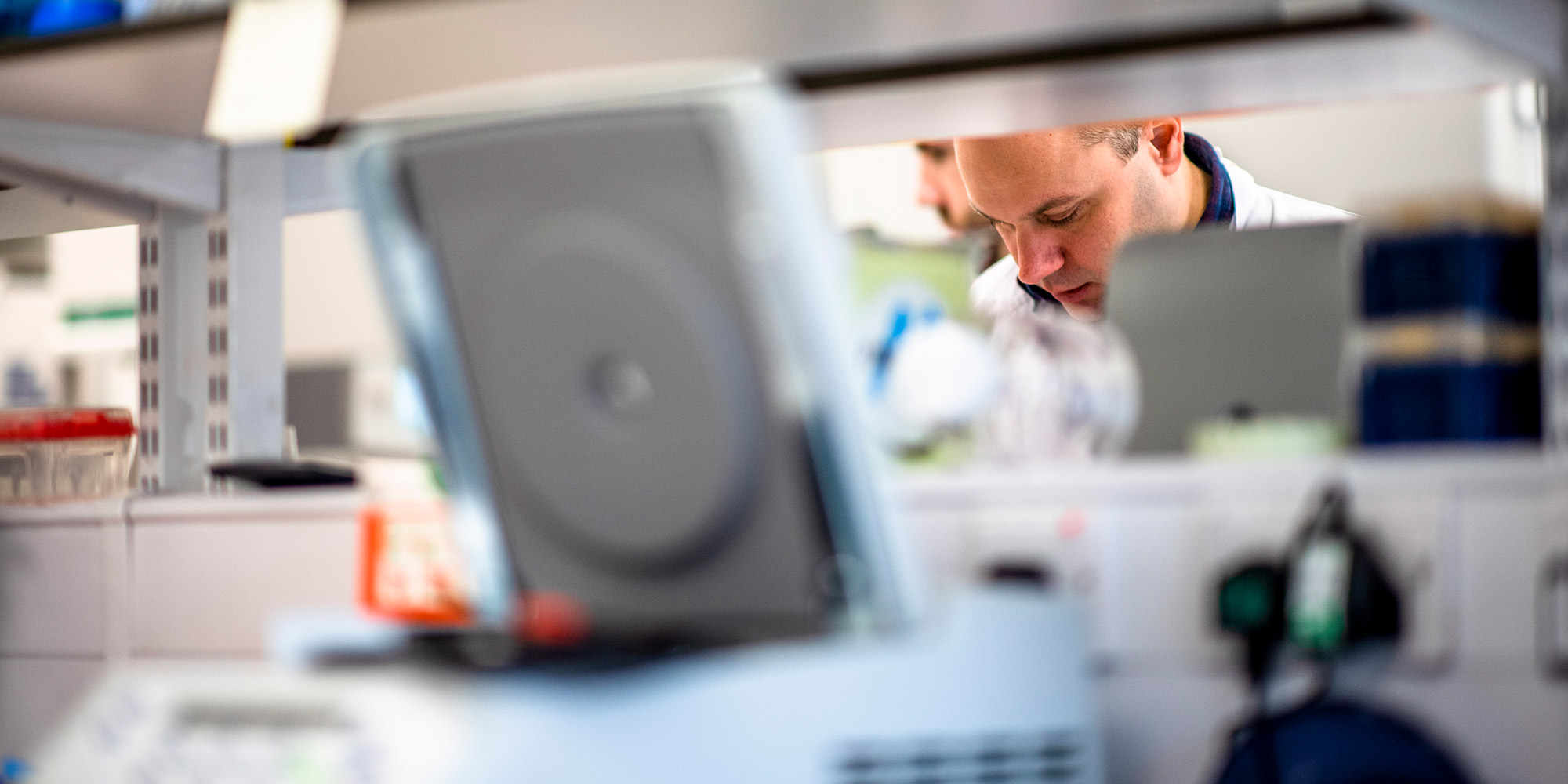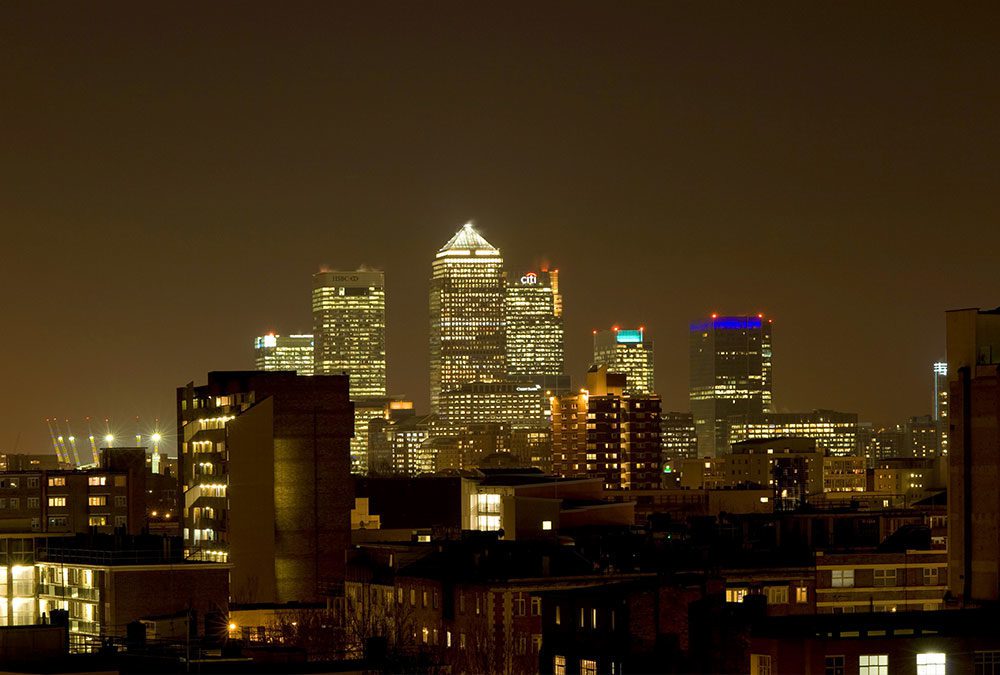

Let’s be More Innovative with our Infrastructure
Let’s be More Innovative with our Infrastructure
Dr. Ramsay Richmond has spent over 25 years in the European life sciences industry covering research, consultancy and business development. He is Executive Manager at the QMB Innovation Centre in Whitechapel. This article gives the views of the author and is not the position of Queen Mary BioEnterprises Ltd. or Queen Mary University of London.
David Gaukes, the UK Minister for Tax, recently gave a speech to the UK BioIndustry Association outlining the initiatives the government has set up to promote business in the life science and biotech sectors. Among a raft of incentives, the government provides R&D tax credits and, through the Seed Enterprise Investment Scheme (SEIS), gives companies help in obtaining seed finance. There’s also the Patent Box, which provides for a reduced 10% rate of corporation tax on profits that are earned in the UK from patents and other similar types of intellectual property (IP).
These are all very worthwhile initiatives but they fail to address the long-term relative decline in UK infrastructure spending compared with our OECD competitors. However, more crucial for promoting scientific innovation in London, the speech fails to address the small business burden index in London’s Boroughs, as illustrated in a recent FT article. The speech also highlights the need for flexibility in creating much needed accommodation for IP driven start-ups to stay in the metropolitan areas where science and technology generally originates.
The increasing lack of space for creative activity was a topic at ‘London’s Open Workspaces’, an event hosted by Kit Malthouse, the Deputy Mayor for Business & Enterprise, which looked at the spread of IACs (Incubator, Accelerator and Co-working Spaces) in London and how they contributed to business growth.
In a report published to accompany the event, the GLA outlined a number of case studies, of which QMB Bioenterprises was one, covering a range of sectors, models and geographical locations. The GLA estimates that at any one time, approximately 3,800 SMEs use IACs in London, yet the provision of IACs in London are heavily concentrated by geography and sector.
The majority of the IACs are located in four inner London boroughs (Westminster, Camden, Islington, and Hackney), with a particular concentration in and around Tech City. When you look at the map of where this space is, it’s mostly central London with a bit of north and a bit of west, but very seldom south of the river, and precious little east of Newham and Greenwich.
The bottom line is there’s a shortage of affordable space for any start-up company in London. True, there’s a housing shortage bordering on a permanent short-term crisis, but creating more incubation space, whether it’s for science, technology or research and development, is a medium to long-term necessity to ensure the survival of a balanced London economy.
But there’s a solution. Alex Hearn, a Regeneration Officer for the London Borough of Brent, talked about what his council is doing to alleviate the problem, and we should follow its lead. He talked about converting disused petrol stations, disused offices and porta cabin complexes, even if it’s just for a few years, by throwing in a small amount of refit money so the spaces could be used again, a sort of make-do-and-mend mentality. It’s an approach that some of a certain generation may have forgotten, while for others it’s a completely alien concept.
With declining budgets and limited space, the emphasis was on being more innovative with our infrastructure. We just can’t approach problems with a top-down, command economy style perspective, we have to ask where the space is, how we can use it, how can planning laws be changed so we can get people into that space, even if it’s for the short to medium-term.
To get more out of our existing physical infrastructure, we need to do much more in terms of how property is taxed and how it can be re-purposed. But we need to create the right environment to create more scientific incubation spaces in London, and to do this we need to create the right tax environment for creating the conditions for business and innovation to thrive.
In order for us to encourage this concept of what the French call ‘bricolage’, or making do with what we have, we need to change the tax system to accommodate it. Currently the tax system deals with bricks and mortar and immobility. The general rule of thumb is: if someone can’t run away with their assets, it’s taxable. So how do you have a business rate system and tax system on property that exploits ephemeral infrastructure for supporting innovation? The reality is we don’t have anything like that, and we need it. The government could start by abolishing the non-domestic rate of tax on empty properties and create tax breaks for repurposing existing infrastructure for scientific use.
Rates are based on the rateable value of a property, which is the figure the property could have been let for on a set date, the current date being April 1 2008. It should be re-done every five years, but this is now overdue and won’t happen until 2017. That means businesses have been paying rates based on peak pre-recession property values throughout a time when those values have fallen significantly. Small to medium sized businesses are being squeezed out of existence in London.
We’re already seeing science companies leave London because there’s simply nowhere for them to go. This will only intensify when London office and commercial space is re-zoned for residential development. And until the politicians and the tax authorities agree on a long-term strategy for innovation infrastructure, then we are going to see a bigger exodus of people and resources from the capital which will further erode London’s standing as a global hub for scientific innovation.
It may take a while for scientific innovators to embrace the concept of working in a modular lab with a limited lifespan, but the same principles apply: being more creative with our space and using it more efficiently brings innovators together, promotes collaboration and brings with it long-term business benefits by alleviating a the bottleneck for start-up and incubator space in London.
Necessity is the mother of invention: it forces on us the opportunity to be more innovative with our infrastructure and recycle what we’ve got with renewed purpose. We just need to create the right tax environment to make it happen.
